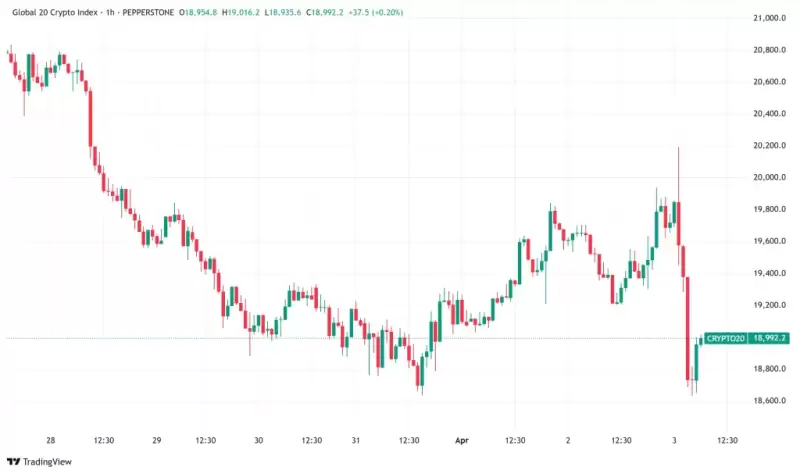 |
|
 |
|
 |
|
 |
|
 |
|
 |
|
 |
|
 |
|
 |
|
 |
|
 |
|
 |
|
 |
|
 |
|
 |
|
DeFi protocols are now more than just simple lending and borrowing blockchain technologies. From Perpetual Liquidity Pools to GambleFi, here are 5 trends leading the DeFi evolution.

DeFi protocols have advanced beyond the realm of lending and borrowing. From Perpetual Liquidity Pools to GambleFi, here are 5 trends spearheading the evolution of DeFi.
1. Cross-chain Bridging
The future of DeFi lies in the ability of different blockchain networks to be intertwined. Typically, blockchains operate as single isolated digital ecosystems; Crosschain bridging allows for seamless communication between protocols, ensuring interoperability. For instance, cross-chain decentralized exchanges will enable you to exchange crypto across multiple networks by burning assets in one network and minting new ones in the other. Other mechanisms include lock and unlock and lock and mint models.
2. Perpetual Liquidity Pools (Perp LPs)
Liquidity is the cornerstone of DeFi. It is crucial for price stability and market efficiency. The higher a token’s liquidity, the easier it is to trade it for another crypto and the less volatile its price is. That said, traditionally, liquidity pools required constant rebalancing to reduce price slippage. Perpetual pools have come in to address this issue since they offer continuous liquidity, which helps reduce slippage and stabilizes price movement.
3. GambleFi
With online gambling sites already accepting crypto as a form of payment, it was only a matter of time before they incorporated DeFi into their platforms. GambleFi, which combines online gambling and decentralized finance, creates an ecosystem where people enjoy placing wagers while benefiting from blockchain features.
4. Bitcoin Layer 2
Bitcoin has been late to the improved scalability party (supporting only 7 transactions/sec), but the latest Bitcoin L2 solutions development has helped this blockchain level up. Bitcoin Layer 2 is a secondary protocol built on top of Bitcoin. However, this L2 has a different architecture compared to those developed on, say, Ethereum.
These layer 2 solutions handle off-chain transactions using state channels, side chains, and rollups. The approaches enhance the speed of these transactions by bundling numerous off-chain transactions and then registering them on the Bitcoin blockchain as a single transaction.
Disclaimer:info@kdj.com
The information provided is not trading advice. kdj.com does not assume any responsibility for any investments made based on the information provided in this article. Cryptocurrencies are highly volatile and it is highly recommended that you invest with caution after thorough research!
If you believe that the content used on this website infringes your copyright, please contact us immediately (info@kdj.com) and we will delete it promptly.
-

-

- Daily Crypto Signals: Bitcoin Tumbles from $88.5K, XRP Awaits Ripple Effects of New Trump Tariffs
- Apr 03, 2025 at 10:30 am
- The cryptocurrency market displayed a mixed landscape on April 2nd, 2025, as Bitcoin, Ethereum, XRP, and other altcoins grappled with the ripple effects of newly announced US tariffs
-

-

-

- Bitcoin (BTC) ETFs Extend Losing Streak With $158M Exit, Marking Three Straight Days of Declines
- Apr 03, 2025 at 10:20 am
- The bleeding continued for bitcoin ETFs on the first day of April, with a 3rd straight day of outflows. The hefty $157.64 million exit reinforced bearish sentiment in the crypto ETF space.
-

-

-

-

- Fidelity Investments introduces an individual retirement account (IRA) that permits private investors to invest in cryptocurrencies
- Apr 03, 2025 at 10:10 am
- According to the company's website, investors can add virtual assets to their retirement portfolio through Fidelity Crypto for IRAs. However, only Bitcoin, Ether, and Litecoin are the assets available now.




























































